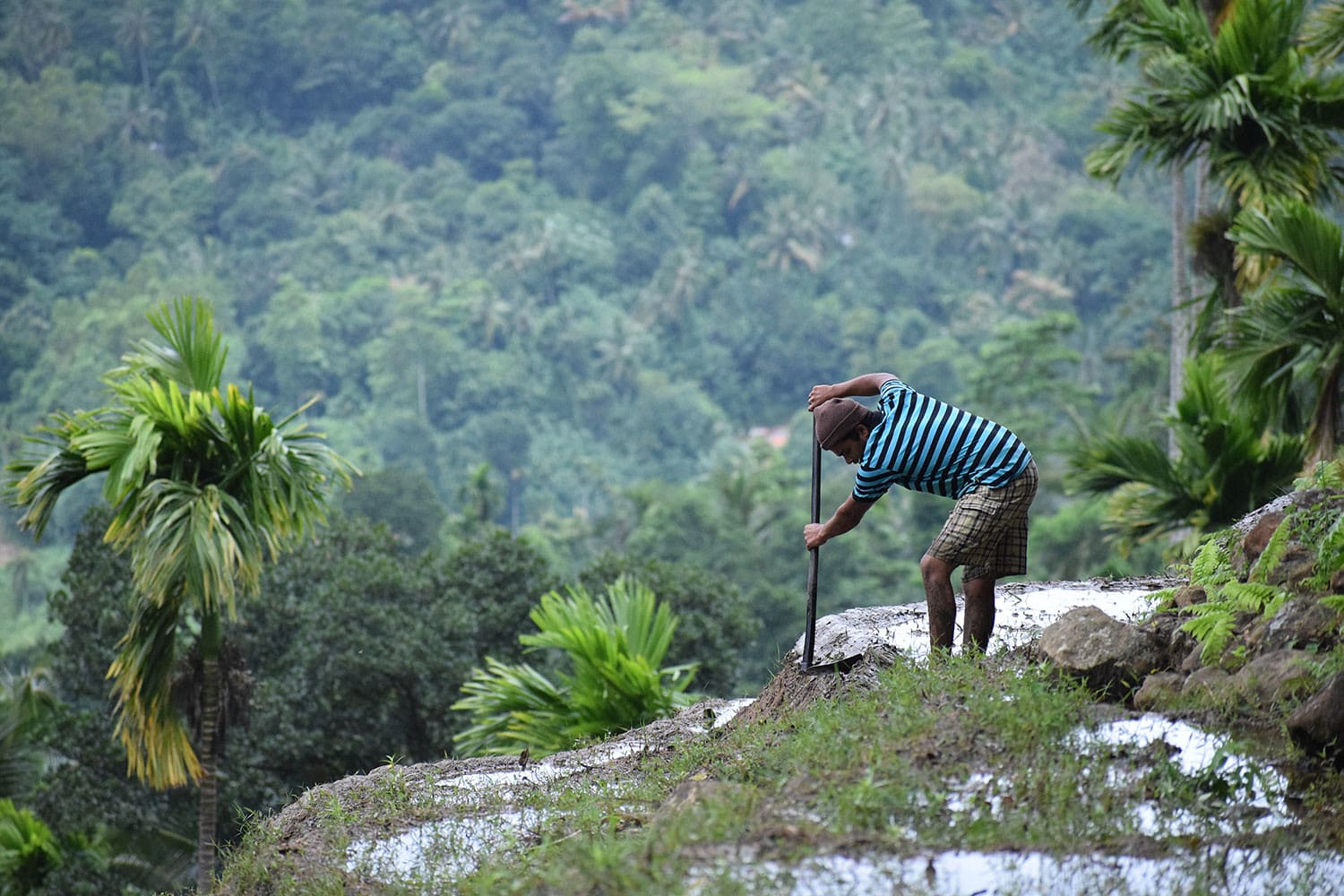Dietary diversity among men and women in rural Sri Lanka
- From
-
Published on
31.12.21
- Impact Area

BY DEANNA OLNEY,BESS CASWELL, RENUKA SILVA AND MALIKA FERNANDO
Poor quality diets are the leading cause of disease worldwide and a primary cause of all forms of malnutrition. Improving diets could save one in five lives annually. However, the extent and nature of the problem varies across contexts and population groups. More than 100 countries use or are developing food-based dietary guidelines as a way to help the public understand how much of which food groups they should be consuming on a daily basis. These guidelines have the aim of promoting healthy eating habits.
Photo credit: Travel Local
Related news
-

Ensuring water security in Africa requires gender-transformative change at scale
Gender Equality and Inclusion Accelerator13.06.25-
Gender equality
-
Gender equality, youth & social inclusion
Water insecurity impacts agrifood systems across Africa— impacted by climate change, coloni…
Read more -
-

Breakthrough at ICRISAT: World’s First Extreme Heat-Tolerant Pigeonpea Developed via Speed Breeding
International Crops Research Institute for the Semi-Arid Tropics (ICRISAT)09.06.25-
Food security
-
Nutrition
Breakthrough cultivar ICPV 25444, developed through speed breeding, tolerates temperatures of 45°C …
Read more -
-

Agrobiodiversity for People and Planet: How Multifunctional Landscapes Safeguard Diversity, Resilience, and Livelihoods
Multifunctional Landscapes Science Program30.05.25-
Biodiversity
-
Climate adaptation & mitigation
-
Environmental health & biodiversity
-
Food security
-
Health
-
Nutrition
Agriculture and food systems have significantly affected over 75% of Earth's land surface, polluted …
Read more -
